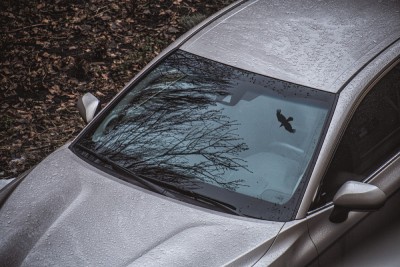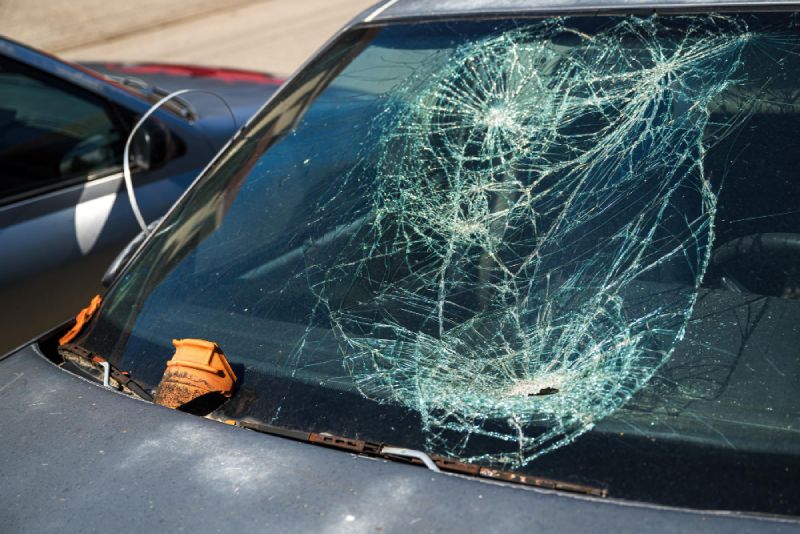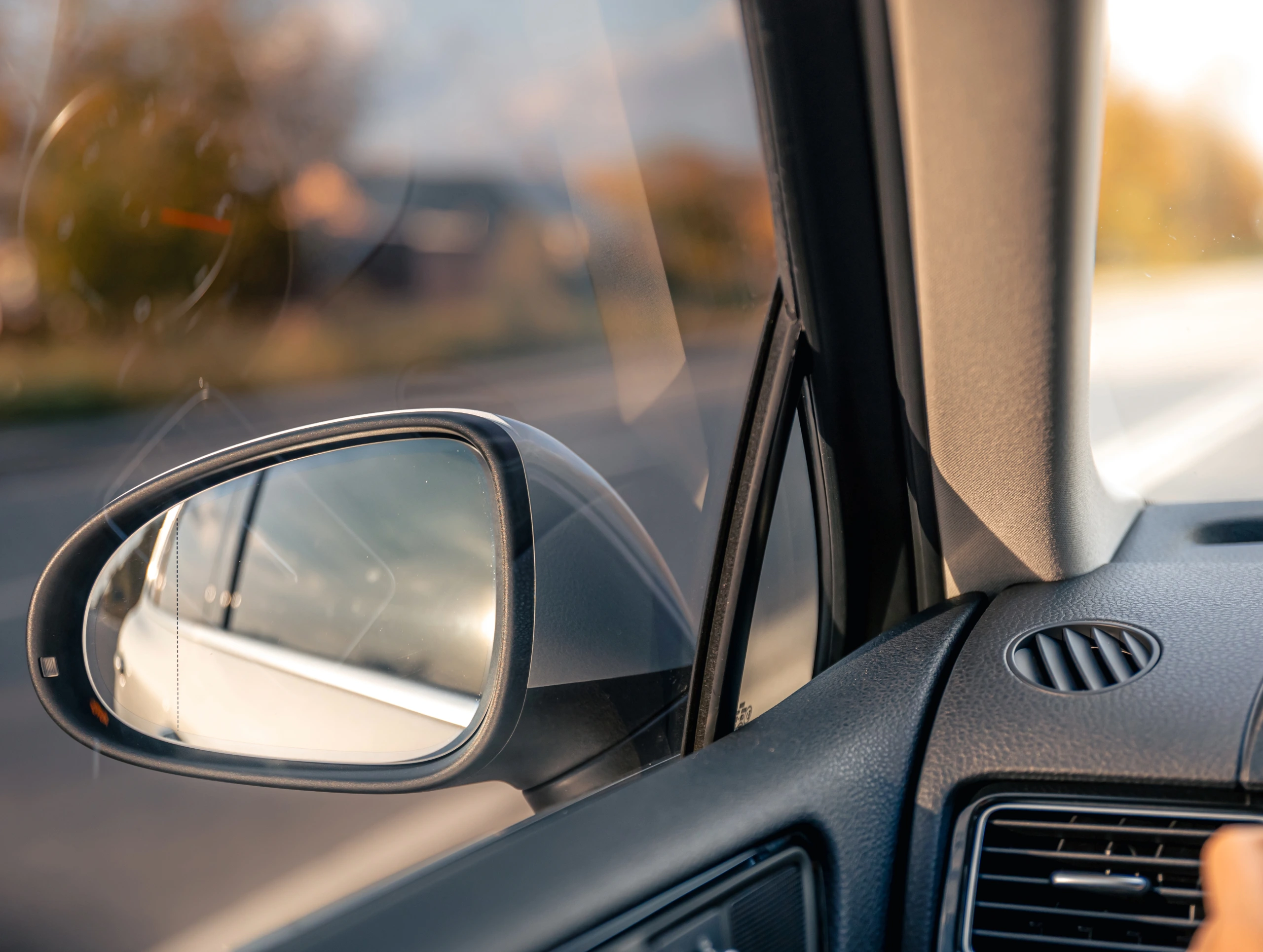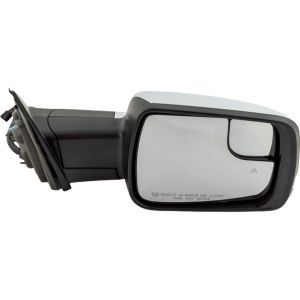Windshield damage often appears unexpectedly, caused by debris, road hazards, or sudden temperature changes. Although the defect may look minor at first, a chip or crack threatens both safety and visibility.
Addressing the issue quickly is crucial, because untreated damage spreads due to vibration, moisture, and daily stress. Drivers who understand repair options can save money and avoid replacement, but the choice depends on accurate assessment, safe techniques, and compliance with inspection standards.
Key Takeaways:
- Different windshield damages require different responses, from chip filling to full replacement.
- Repairs work best for small, contained damage when handled with the right materials and technique.
- Safety considerations extend beyond repair quality, including visibility, crash protection, and inspection laws.
- Professional-grade parts and correct processes ensure long-term performance.
Assessing the Damage
Before repairing, a precise evaluation of the windshield's condition is essential. The size, type, and position of the defect dictate whether repair restores integrity or if full replacement is necessary.
Types of Windshield Damage (chips, cracks, etc.)
Windshield damage generally falls into recognizable patterns. Chips form when small stones or debris like hail strike the glass directly.
Common variations include:
- Bulls-eye chips with a circular center.
- Star breaks that show radiating lines from a central point.
- Surface pits caused by repeated sand or grit impact.
Cracks differ because they spread linearly across the glass. Short hairline cracks may measure less than an inch, while long cracks can extend across the driver's viewing area.
Edge cracks begin near the windshield frame, making them harder to contain because structural stress concentrates there. Combination damage occurs when chips and cracks overlap, creating complex repairs.
Determining the Severity of the Damage
Size and depth provide the first indicators of severity. Chips smaller than a quarter and cracks shorter than three inches are usually manageable with resin. Anything larger risks instability, especially if multiple cracks converge.
Location also matters. Damage inside the driver's direct sightline remains more problematic because repairs may leave slight optical distortions. Similarly, cracks reaching the glass edges compromise the entire windshield's strength, reducing the chance of successful repair.
Another factor is contamination. Dirt, water, or oil inside a chip weakens bonding. If a chip has been left untreated for weeks, the repair may restore stability but fail to restore full clarity.
When to Repair vs. When to Replace
Repair works effectively when damage remains small, shallow, and away from stress points. In these cases, injecting resin restores most of the original strength while preventing spreading.
Replacement becomes necessary when cracks exceed repairable size, reach edges, or obstruct vision. Severe shattering, deep multi-layer penetration, or failed previous repairs also require full replacement. Choosing replacement ensures structural support for airbags and rollover protection, which resin alone cannot provide in advanced cases.

How to Repair a Broken Windshield Quickly and Safely
Once damage assessment confirms repairability, the process involves proper preparation, suitable tools, and careful technique. A rushed or incomplete job risks further cracking, wasted materials, and compromised safety.
Tools and Materials Needed for Repair
Windshield repair kits are widely available and usually include resin, applicators, curing strips, and a pedestal or syringe system for resin injection.
Beyond the kit, successful repair also requires:
- A razor blade or scraper for cleaning glass.
- A microfiber cloth and glass cleaner to eliminate dirt.
- Protective gloves and eyewear to handle chemicals safely.
- UV light or direct sunlight for curing resin effectively.
Optional tools like a spring-loaded repair bridge improve resin penetration into microfractures, giving a stronger result than basic kits. Investing in higher-quality kits leads to more reliable repairs that last longer.
Step-by-Step Guide to Repairing Small Chips and Cracks
The repair process requires methodical attention. First, the glass surface must be cleaned thoroughly, removing dust, debris, and any loose glass fragments. Next, the applicator or pedestal attaches over the damage, forming a sealed chamber for resin delivery.
Resin is then injected under controlled pressure, filling cavities and microfractures. Gentle tapping on the glass can help the resin settle deeper. Once filled, a curing strip covers the area, holding resin in place. Exposure to UV light hardens the resin, typically within 10 to 20 minutes depending on strength and weather.
After curing, excess resin is scraped off and the area polished smooth with the razor blade. Properly completed, the repair should restore clarity, stop crack progression, and reinforce structural strength. The final appearance may show faint marks, but visibility and safety are significantly improved.
Safety Precautions During the Repair Process
Windshield repair involves chemicals and fragile glass, so safety is non-negotiable. Gloves and eye protection prevent accidental contact with resin, which hardens quickly on skin. Ventilation is equally important because many resins emit strong fumes.
The vehicle must remain stationary throughout the repair. Movement or vibration while the resin sets weakens adhesion. Performing the work indoors or in shaded areas avoids sudden temperature changes that could expand cracks.
Drivers should also avoid washing the car or exposing it to extreme heat immediately after repair. Allow at least 24 hours for resin to cure fully before stressing the glass with pressure washers or sudden temperature changes.
Legal and Safety Considerations
Repairing windshield damage does more than restore glass strength - it helps you stay compliant with inspection standards and traffic safety rules.
Will a Broken Windshield Pass Inspection?
Most state inspection laws focus on whether damage impairs visibility. Small chips outside the driver's vision often pass, especially if repaired. Long cracks or damage directly in front of the driver typically fail because even minor distortion reduces safety.
Inspection officers also check for spreading cracks near edges, since these compromise structural stability. While minor imperfections may not prevent passing, significant or obstructive damage almost always leads to rejection until replaced.
Can You Drive with a Broken Windshield?
Legally, driving with a broken windshield may be allowed if the damage is minimal and outside the viewing zone. However, practical safety matters more than legality. A cracked windshield weakens the vehicle's crash protection, because the glass supports roof integrity during rollovers and stabilizes airbags during deployment.
Driving with large or spreading cracks risks sudden failure during impact. Even small chips can expand rapidly in hot weather, making an initially legal vehicle unsafe within hours. Therefore, quick action to repair or replace ensures both compliance and safety.
Final Thoughts
Understanding how to repair a broken windshield involves more than filling a chip. It requires careful assessment of damage, informed choice between repair and replacement, proper use of specialized tools, and strict adherence to safety measures. When handled correctly, repairs extend windshield life, save money, and maintain driver safety.
For cases requiring replacement, the source of your parts matters. Painted Auto Body Parts supplies auto parts, ensuring factory-level durability and compatibility. Choosing high-quality parts eliminates risks associated with poor sealing or weak glass, guaranteeing long-term reliability.
By combining accurate assessment, safe repair techniques, and trusted parts sourcing, drivers can protect themselves, their passengers, and their investment in the vehicle.
FAQs
How quickly should I repair a windshield chip after noticing it?
- Ideally within a few days. Prompt repair prevents dirt contamination and stops cracks from spreading.
What happens if I ignore a small crack?
- Stress and temperature fluctuations usually make cracks expand. What begins as a minor issue can require full replacement later.
Is DIY resin repair as strong as professional repair?
- DIY kits restore stability for minor damage, but professional equipment penetrates deeper and often provides better optical clarity.







